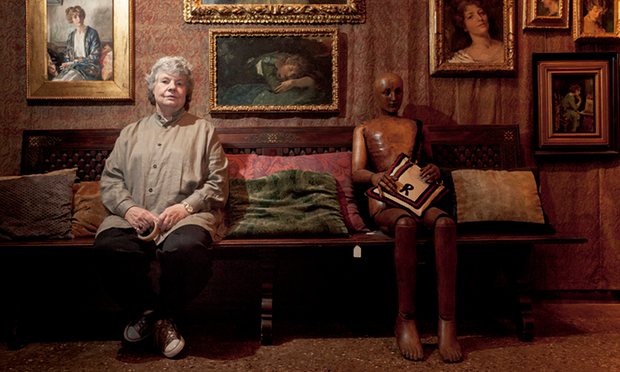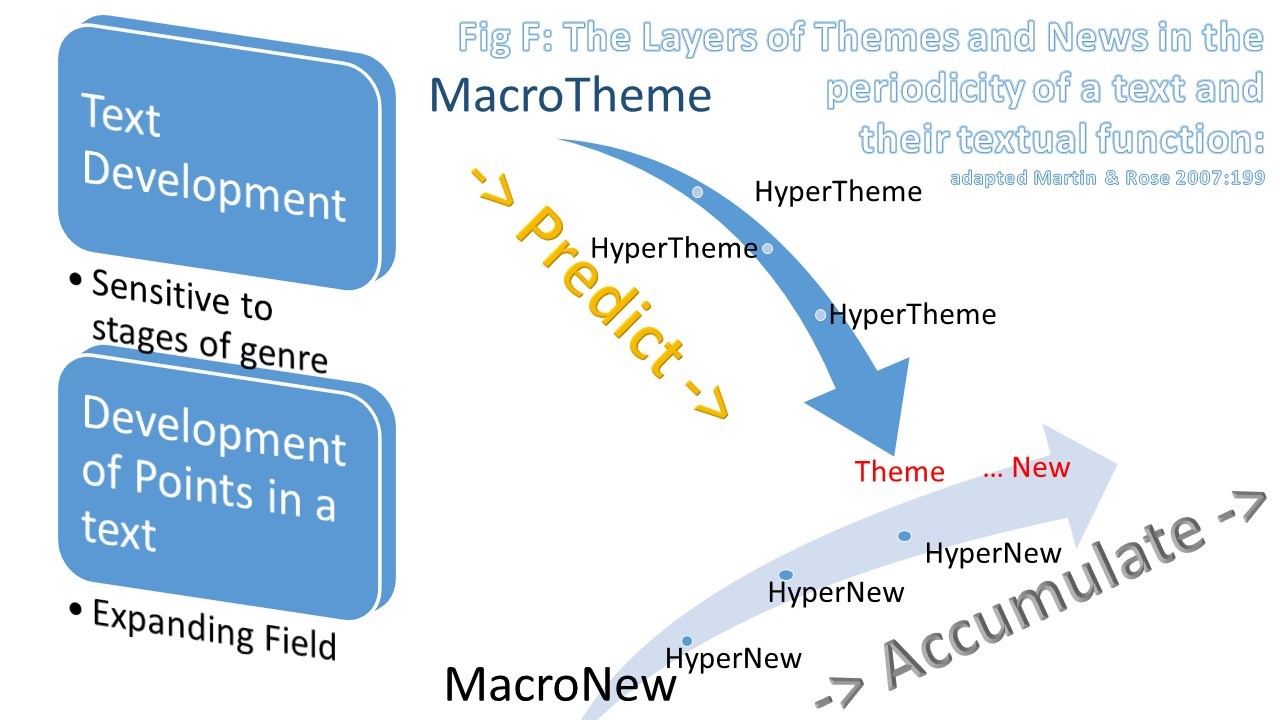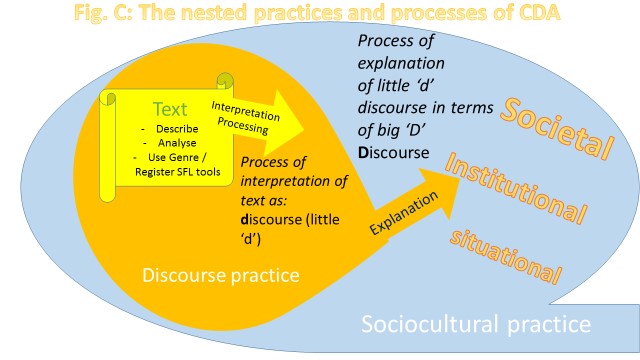I am a dedicated fan of the writing of James Kelman and
inclined to agree with his assessment that he is marginalised as a writer in
British culture. I cannot see how Reeve from the USA and Thien from Canada hit
the Booker longlist when Kelman’s novel did not. Of course, the politics is as
strong, though truly internationalist (as was his last US-based novel You Have To Be Careful in the Land of the
Free which investigated notions of freedom and security) but here building
on earlier experiments within bildungsroman as a form (in Kieron Smith Boy). Dirt Road
takes a historical perspective on population migration and how such
perspectives frame acts of even individual travel between continents. No
journey or ‘road’ (metaphorical or actual) is free from the ‘dirt’ of socio-political
history and must come to terms with it.
This global subject alone cannot make bad art good – witness Anything That Gives Off Light, The National Theatre of Scotland’s contribution to this year’s festival which has a very similar theme – but it does make great art even greater. This is the case with Kelman’s novel. It pulls no punches in its analysis of transcontinental migration as a necessary context in which to investigate racism and the means by which individuals learn to respond or not to respond to racism and to define themselves in the context of discourses of racism. These themes form part of ‘the making of a young artist’ narrative in Murdo’s growth to expression of notions of self, family, community and belonging – which are explored with all the contradictions they throw up laid bare.
It does not do this by stereotyping racists. Murdo’s father cares for his son and his survival in a world Dad recognises as truly structurally and almost impersonally ‘racist’. He wants Murdo therefore to modulate his behaviour and beliefs to fit these circumstances, to understand that anti-racism should be expressed only in ways that conform to standards set within the boundaries of predominantly white communities: ‘What do you think I’m a racist now?’ says Dad. Of course he and Murdo KNOW Dad is not ‘racist’ but neither is it untrue that he can give no straight answer to the question, ‘Is it because they’re black?’, to Murdo when the latter asks why Dad resists him visiting new places with new people and playing new music, that associated with black musicians. He asks him to prioritise the needs of his own white community and family.
I see Kelman’s latest novel as a considerable innovation in the writer’s style and form, as he exposes the growth of a politically conscious artistic personality – one that rings true to psycho-social realities about how social attitudes are introjected and projected and personal identity is co-constructed. This creates very complex investigations of the psychology of individual memory and perception in passages of great complexity when exposed to analysis: although they ‘feel’ just simple and real. Murdo gauges his identity against a personal context of loss that includes:
- responses to his mother’s face as she became more ill and her death;
- the role of his sister, Eilidh, after their mother’s death and continuing 'presence' after Eilidh’s own death;
- Sarah as a potential lover and her family;
- that great art hero, Queen Monzee-ay.
All of this in a short paragraph or two on p. 306:
There was Murdo and there was whoever. People see ye. Ye get these thoughts about people too, that know what you’re thinking. … So, if a guy looks at ye and he is gay then is that you? maybe it is, so if ye are, so what? … Ye look in the mirror and see other people. Because they are seeing you. Ye see yer own face but these other folk too… You make a decision but it is their life too.
To read this, you need the flow of Kelman’s masterful prose and less omissions than I make here. But this is beautiful. Art leaning and yearning for psycho-social truth. This novel has a take on Kelman’s classic themes of how family and community have created and validated Scottish identity – even Glasgow communalist socialism (pp.298ff.). And it explains the danger of apparently innocent social demands upon us, like, ‘Be sociable’ (pp.236ff) or cod-psychological versions of what psychological constructs like ‘memory’ actually mean (p.124f).
And Kelman speaks in this novel about the basic elements of the relationship between artist and the artist’s seen or unseen audience (the meaning of the lovely first confrontation between Queen Monzee-ay and Murdo where Murdo hides behind a tree). Murdo learns that aspiration to art of his own is linked to being able to hear and introject the art of others. In this novel, though Kelman shows you that, if you listen to him carefully – Murdo or James – you are taken to ‘places’ that you had not before imagining wanting to go to. It makes sense of the travel metaphors of the novel:
Murdo did “proper listening.” That was what he called it. He listened and took stuff in. … and where does it take ye? Wherever, just anywhere. Listening to music takes ye places, and ye go these places, letting in the music, how the music comes in on ye, washing over, ye think of tides, like a slow tide, an evening tide. (p. 104)
Right or wrong, I find this concentration on pure affect – but affect made of exposure to others and affirmation of them and ourselves in as genuine a meeting as possible and is therefore political and social – very new in Kelman (at least in this lyrical form). I may need to re-read the earlier novels – I will anyway – but, at the moment, I want more people to read Kelman now and listen to him.
All the best
Steve






